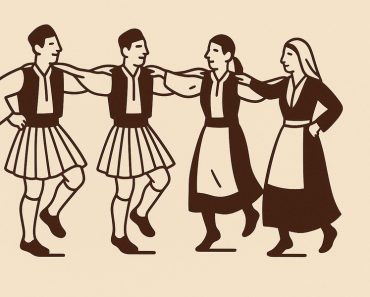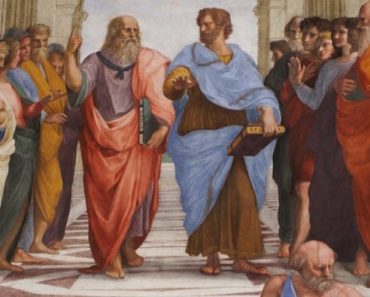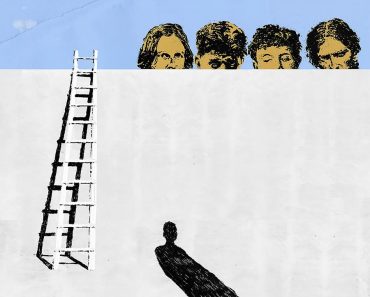As anyone who has ever taken a walk through a city park knows, New York is rich with beautiful bronze statues.
Typically they grace a public space, often on a decorative pedestal or base and in a setting that underscores their importance (or their importance at the time the statue was completed).
Then there are the statues you come across in an unexpected place, say an ordinary city block. That was my curious introduction to this stunning sculpture of Polyhymnia, which sits behind a fence in a courtyard on East 87th Street steps from Fifth Avenue.
Poly who? Polyhymnia is the Ancient Greek goddess of lyric poetry. One of the nine muses, she’s a daughter of Zeus and also the goddess of music, song, and dance.
Here she stands on a marble base amid orange flowers and a wall of ivy; in front of her is a wrought-iron fence and gate. Clad in Classical garb and with a child beside her, she looks pensive, her eyes cast down toward the child. She appears to be holding a lyre.
So how did Polyhymnia end up on one of the most luxurious townhouse blocks in Manhattan? Her story begins in 1895 with the establishment of a group called Der Liederkranz Damen Verein.
The German name translates into “The Liederkranz Ladies’ Club.” This was an all-female auxiliary organization that supported the philanthropic and social activities of the Liederkranz Club—a singing society formed in New York City in 1847 for men of German descent.
In the decades before the Civil War, German immigrants came to New York by the thousands; in 1860, they comprised a quarter of the city’s population. Groups like the Liederkranz Club offered fellowship and culture for German newcomers as they navigated life in a not always welcoming metropolis.
“During the period preceding the Civil War, German American singing groups sprang up all over America, preserving German musical tradition and keeping the culture alive,” explained the website for the Liederkranz of the City of New York, the group’s current name. “Interest in the music of Germany was at its height.”
By the late 19th century, the group had hundreds of members. William Steinway, of Steinway Pianos fame, then became president of the Liederkranz. He helped guide members to raise funds for a clubhouse that was eventually built at 111-119 East 58th Street (below photo).
Two years after the Damen Verein formed, members commissioned sculptor Giuseppe Moretti to create the statue of Polyhymnia. It was presented as a gift for the clubhouse in 1897 to honor the Liederkranz Club’s 50th anniversary.
Facing a decline in membership after World War II, the Liederkranz sold the East 58th Street clubhouse. In 1949 members purchased the former Henry Phipps mansion—a 1904 granite and limestone Beaux Arts jewel built by this steel magnate turned philanthropist—at 6 East 87th Street.
When the Liederkranz moved to the Upper East Side, Polyhymnia came along, situated ever since in the small courtyard behind the wrought iron fence.
While the Liederkranz is still sponsoring music events and supporting cultural and social exchange, Damen Verein disbanded in 2009. Polyhymnia “serves as a permanent reminder of the spirit and generosity of the Damen Verein,” states the website.
And she’s a wonderful, slightly mysterious muse who will stop you in your tracks if you happen to find yourself on East 87th Street.
[Fifth photo: MCNY, X2010.11.5555]
Tags: German Singing Group NYC Liederkranz, Giuseppe Moretti Polyhymnia statue, Greek goddess polyhymnia 87th Street NYC, History of Liederkranz Club NYC, Liederkranz Club 58th Street NYC, Liederkranz Club NYC, Polyhymnia statue 87th Street, Polyhymnia statue Liederkranz Club













